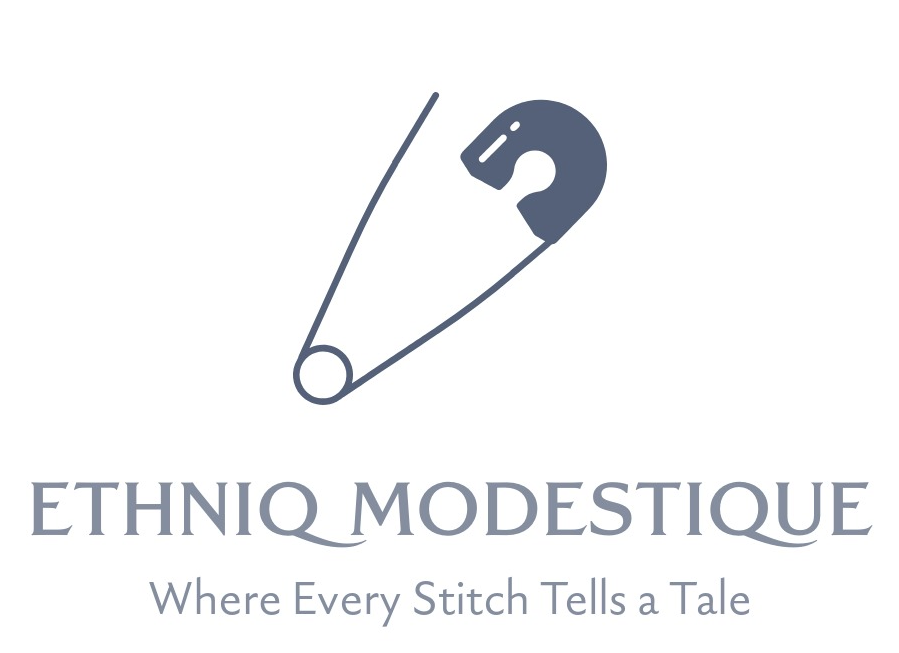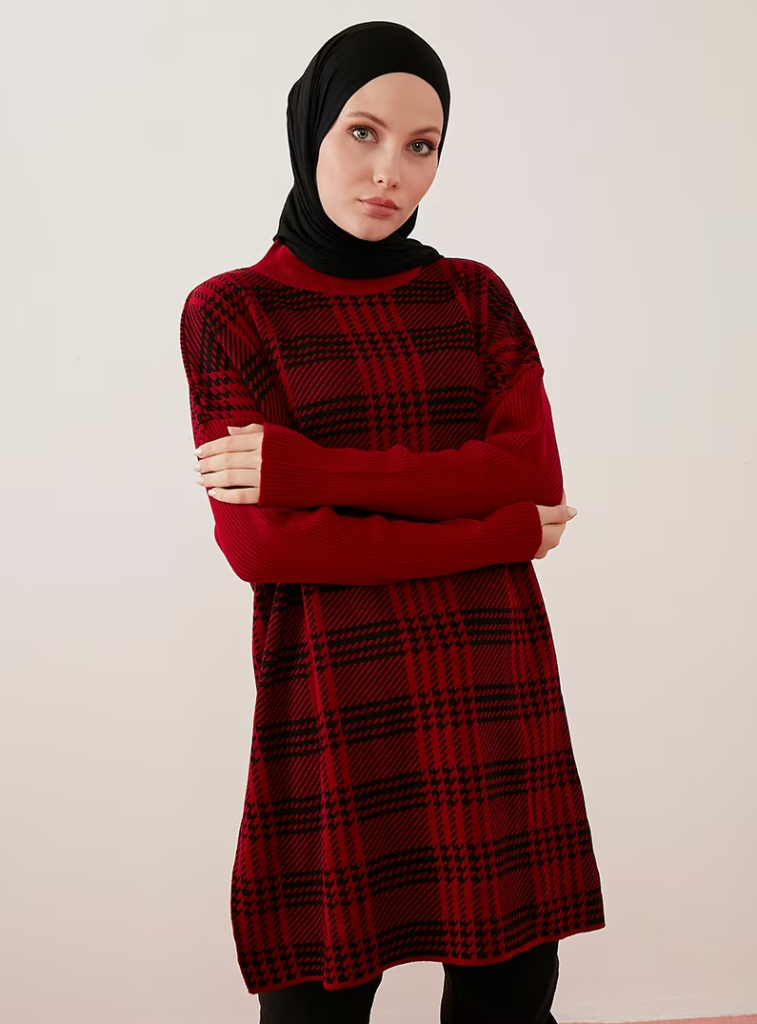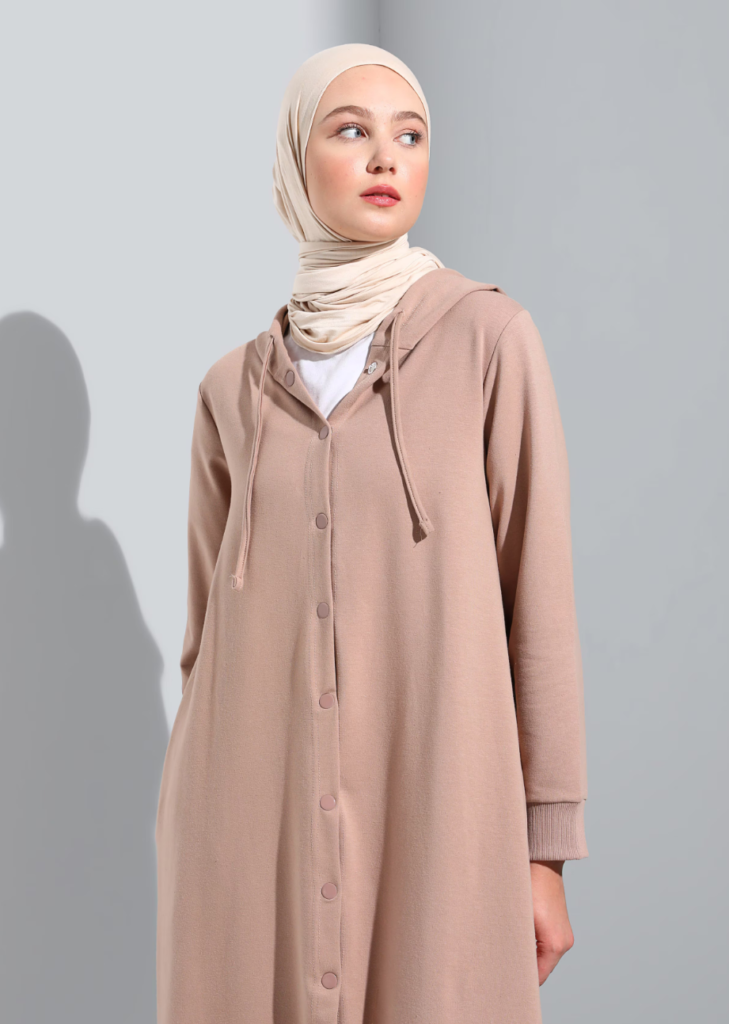In today’s world, where sustainability and environmental consciousness are becoming increasingly important, the fashion industry is also making strides towards more eco-friendly practices. Sustainable fashion is not just a trend; it’s a movement that emphasizes the importance of ethical production, sustainable materials, and mindful consumption. For those who embrace modest fashion, there are now more options than ever to combine style, faith, and sustainability. This article explores how modest fashion enthusiasts can make eco-friendly choices without compromising their values or aesthetics.
Understanding Sustainable Fashion
Sustainable fashion focuses on reducing the negative impact of clothing production and consumption on the environment. It involves using eco-friendly materials, ethical labor practices, and ensuring the longevity of garments. For modest fashion, this means creating pieces that are not only beautiful and respectful of cultural and religious values but also kind to the planet.
Choosing Sustainable Fabrics
One of the most significant aspects of sustainable fashion is the choice of fabric. Eco-friendly fabrics are made from natural, renewable resources and are often biodegradable. Here are some sustainable fabric options ideal for modest wear:
Organic Cotton: Grown without harmful pesticides and synthetic fertilizers, organic cotton is soft, breathable, and ideal for everyday wear. It’s perfect for creating hijabs, jilbabs, and casual tops.
Bamboo: Known for its softness and durability, bamboo fabric is an excellent choice for modest wear. It’s also hypoallergenic and has natural moisture-wicking properties, making it ideal for activewear and undergarments.
Linen: Made from the flax plant, linen is a strong, breathable fabric that becomes softer with each wash. It’s perfect for summer garments like jilbabs and hijabs.
Hemp: Hemp is one of the most sustainable fabrics available. It’s highly durable, requires minimal water, and enriches the soil it’s grown in. Hemp fabrics can be used for a variety of modest wear items, including outerwear and accessories.
Ethical Production Practices
Sustainable fashion also emphasizes the importance of ethical production practices. This means ensuring fair wages, safe working conditions, and respecting the rights of workers. Brands that prioritize these values often have certifications from organizations like Fair Trade or the Global Organic Textile Standard (GOTS).
When shopping for modest fashion, look for brands that are transparent about their production processes. Many sustainable fashion brands provide information about where their clothes are made, who makes them, and the conditions in which they are produced. Supporting these brands helps promote ethical labor practices and reduces the exploitation of workers.
Reducing Waste
A significant part of sustainable fashion is reducing waste. The fast fashion industry is notorious for producing a high volume of waste, with many garments ending up in landfills after only a few wears. To combat this, modest fashion enthusiasts can adopt several practices:
Buy Less, Choose Well: Invest in high-quality, timeless pieces that will last for years. This reduces the need to constantly buy new clothing and minimizes waste.
Repurpose and Recycle: Look for ways to repurpose old garments. For example, an old jilbab can be turned into a stylish scarf or an apron. Recycling fabrics and upcycling old clothes help reduce waste.
Support Second-Hand Stores: Thrift stores and online second-hand shops are great places to find unique, modest fashion pieces. Buying second-hand extends the life of garments and reduces the demand for new production.
Mindful Consumption
Being a conscious consumer means thinking carefully about the impact of your purchases. Here are some tips for mindful consumption in modest fashion:
Research Brands: Before buying, research brands to ensure they align with your values of sustainability and ethical production.
Care for Your Clothes: Properly caring for your clothes extends their life. Follow washing instructions, repair minor damages, and store your garments properly.
Capsule Wardrobe: Consider creating a capsule wardrobe with a limited number of versatile, high-quality pieces. This reduces the need for excessive clothing and promotes thoughtful fashion choices.
Conclusion
Sustainable modest fashion is not only possible but also rewarding. By choosing eco-friendly fabrics, supporting ethical production practices, reducing waste, and being mindful consumers, we can enjoy beautiful, modest clothing while caring for our planet. As the demand for sustainable fashion grows, more brands will likely offer eco-friendly options, making it easier for everyone to make conscious choices. Embrace the movement towards sustainable fashion and make a positive impact on the world, one modest garment at a time.








